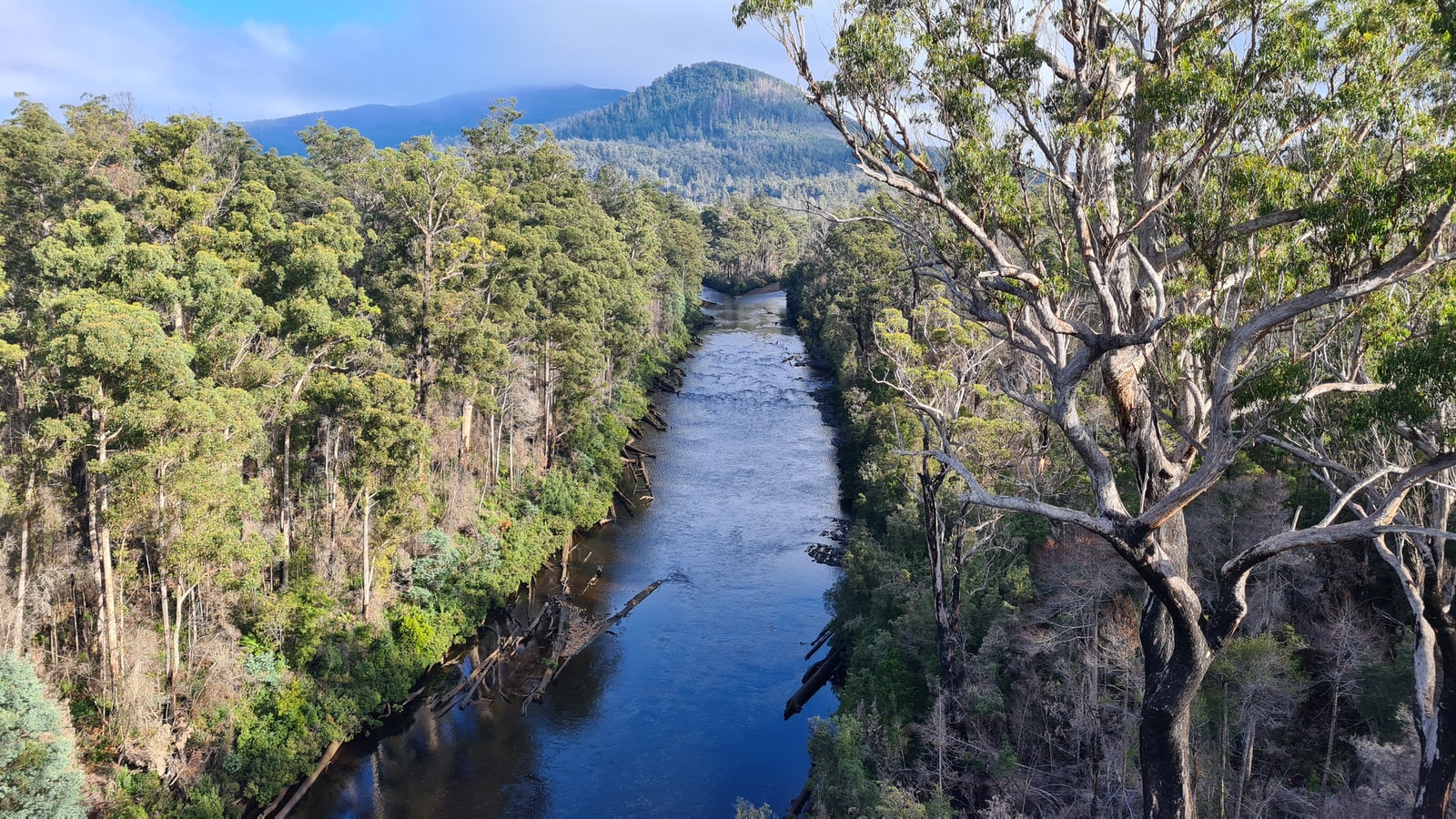Whenever I’ve tried to debate climate cultists on facts, rather than slogans, it’s astonishing how little they really know. Which is probably no accident. Because, if they stopped and did even a rudimentary beer-mat calculus, their treasured beliefs fall apart. Far easier to just keep shouting, really.
One of the biggest climate fetishes teetering, waiting to be toppled, is “Net Zero”.
Cultists invariably assume that this necessarily means completely eliminating fossil fuels and most livestock industry. Don’t bother asking them how, they’ll just airily assert that “it’s science”. Start needling them on specifics, such as how many wind turbine or solar panels we’d need to do that, and you can start to see the muscles twitching in their corners of their eyes. Roll out facts on the gargantuan pollution footprint of “renewables” and they start trembling. Point out that Sri Lanka is on the verge of famine after enforcing organic farming and they collapse on the floor, foam flying from their mouths.
And we haven’t even got to the fact that Australia is already long past “Net Zero” carbon emissions. In fact, we’re net negative.
Annual Australian per capita carbon dioxide emissions are in the order of 20 tonnes per person. There are 30 hectares of forest and 74 hectares of grassland for every Australian and each hectare annually sequesters about one tonne of carbon dioxide by photosynthesis. Australia has 4 per cent of the world’s global forest estate, the world’s sixth largest forested area, and the fourth largest area of forest in nature conservation reserves.
On the continental landmass, grasslands and forests remove by natural sequestration more than three times the amount of Australia’s domestic and industrial carbon dioxide emissions. The expansion of woody weeds, crops, reduction in regular burning, and vegetation clearing restrictions further increases natural sequestration.
Forcing state governments and environmental bureaucracies to bite the bullet and actually get serious about returning to something like a pre-European fire regime of near-constant, strategic burning, and the carbon dividend dips even further into the black — literally. Recent experiments have shown that such a burning regime returns a huge amount of “bio-char” into the soils, with tremendous benefits for soil fertility and carbon sequestration.
Australian forests adsorb 940 million tonnes of carbon dioxide per annum compared to our domestic and industrial emissions of 417 million tonnes. Add to that the absorption of carbon dioxide in continental Australia to the carbon dioxide adsorption of 2,500,000 square kilometres of continental shelf waters and Australia sequesters some five times as much carbon dioxide as it emits. Australia does more than its share of the heavy lifting for global sequestration of carbon dioxide.
Australia’s net contribution to global atmospheric carbon dioxide is negative. We are already at Net Zero. This is validated by the net carbon dioxide flux estimates from the IBUKI satellite carbon dioxide data set.
Which raises an interesting question — if the “big polluters” are morally obligated to pay billions, if not trillions, in compensation for their carbon emissions, what does that mean for big carbon sinks like Australia? Doesn’t the reverse apply?
Using the thinking of the IPCC, UN, and activist green groups, Australia should be very generously financially rewarded with money from poor, populous, desert, and landlocked countries for removing its own emissions from the atmosphere and the carbon dioxide emissions from many other nations. By this method, wealthy Australia can take money from poor countries.
Spectator Australia
After all, it’s the moral thing to do.
To paraphrase Jacinda Ardern, perhaps the Pacific has to answer to Australia over global warming — and start paying us handsomely for removing all that harmful carbon dioxide?

